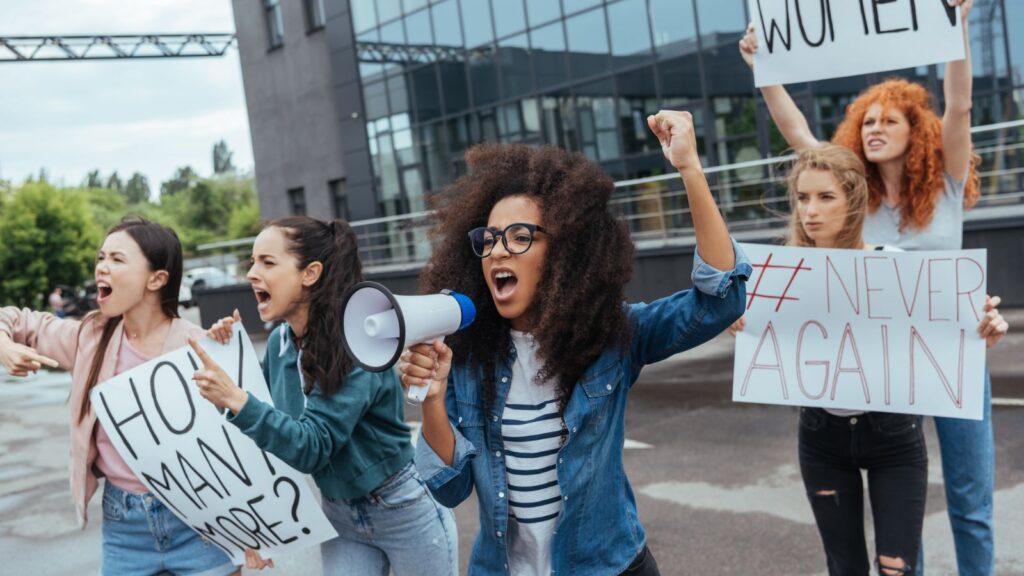Wokeness, in its essence, aims to create a more inclusive and fair society by addressing social injustices. However, there are times when these efforts can feel a bit overzealous, leading to situations that leave many people cringing. These are 17 times wokeness went a little too far.
Banning Clapping for Inclusivity

“Students at the University of Oxford have voted to replace noisy appreciation with the British Sign Language equivalent,” reveals Classic FM. Clapping was replaced with “jazz hands” or silent waving to make events more inclusive for people with anxiety or sensory issues. While the intention was good, many people found this change baffling.
Changing Language in Classic Literature

Some classic works of literature have been edited to remove or alter language that is now considered offensive. While updating language to be more inclusive is important, many argue that changing original texts erases historical context and undermines the author’s intent. These changes have sparked debates about how far we should go in sanitising the past to meet modern standards.
Overly Cautious Halloween Costumes

In recent years, schools and communities have issued strict guidelines on what constitutes an appropriate Halloween costume to avoid cultural appropriation and offensive themes. While the aim is to foster respect and sensitivity, the stringent rules have sometimes stifled creativity and led to a climate of fear around dressing up for fun.
Renaming Historical Landmarks
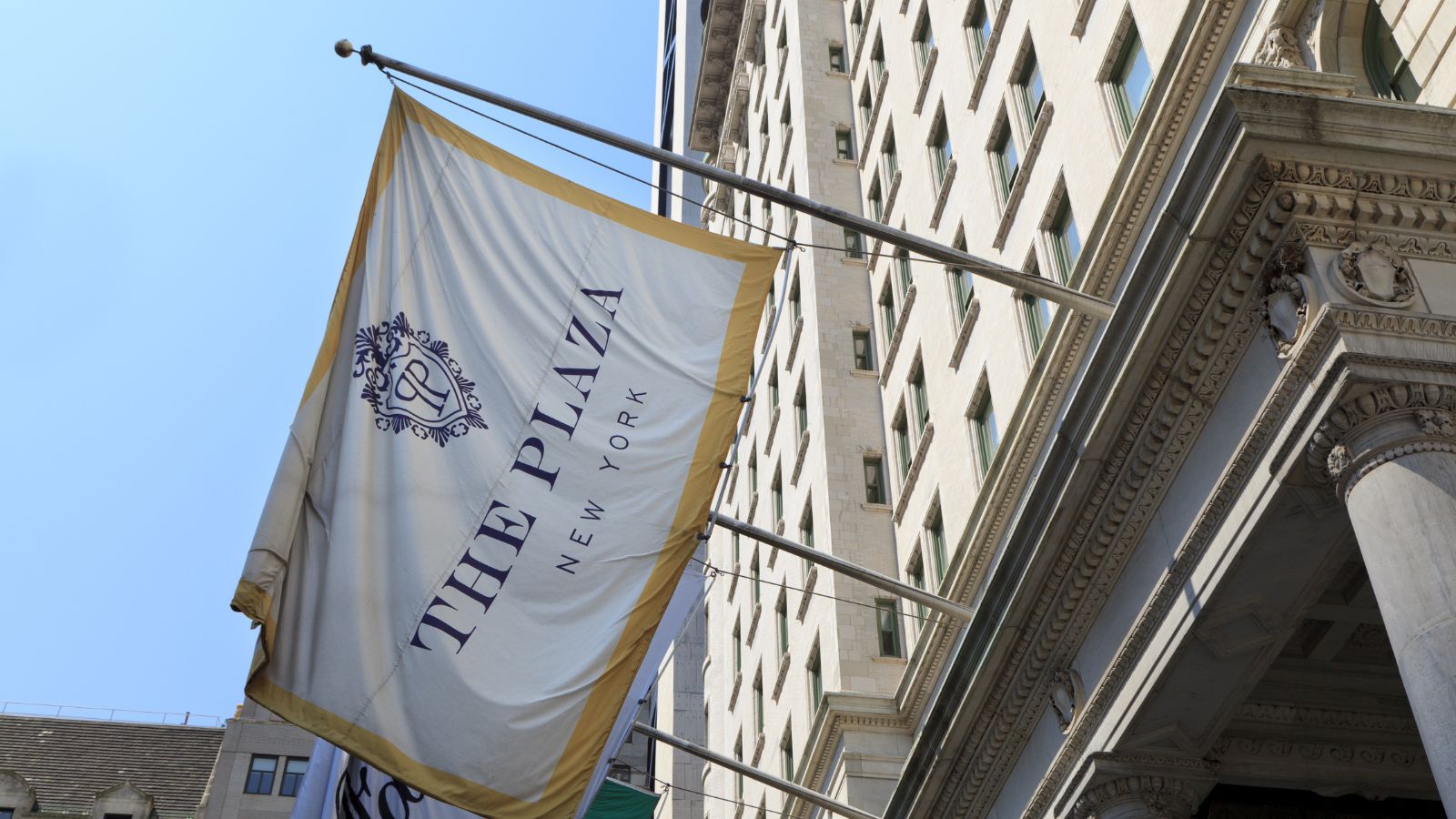
Renaming streets, buildings, and other landmarks to reflect modern values has become more common, and while recognising problematic histories is crucial, some renaming efforts have felt excessive. For instance, renaming a centuries-old street because it bears the name of someone who held views now considered outdated can be seen as erasing history.
Trigger Warnings on Classics

Trigger warnings are intended to prepare readers for potentially distressing content. However, their use in classic literature, like Shakespeare or Greek tragedies, has raised eyebrows. Critics argue that part of engaging with literature is encountering challenging ideas, and overusing trigger warnings can prevent students from fully experiencing these texts.
The Controversy Over Cultural Symbols

The debate over cultural appropriation has led to a significant backlash against using cultural symbols in fashion and media. While respecting cultural heritage is essential, the definition of appropriation can sometimes be stretched too far. For example, wearing a piece of clothing inspired by another culture can be seen as an appreciation rather than appropriation, but the lines have become blurred.
Overemphasising Pronoun Usage

While respecting people’s preferred pronouns is a positive step towards inclusivity, the emphasis on pronouns in every social and professional interaction can feel overwhelming for some. In certain spaces, misusing or forgetting someone’s pronouns can lead to severe social backlash, creating an environment of anxiety rather than understanding and acceptance.
The Policing of Everyday Language
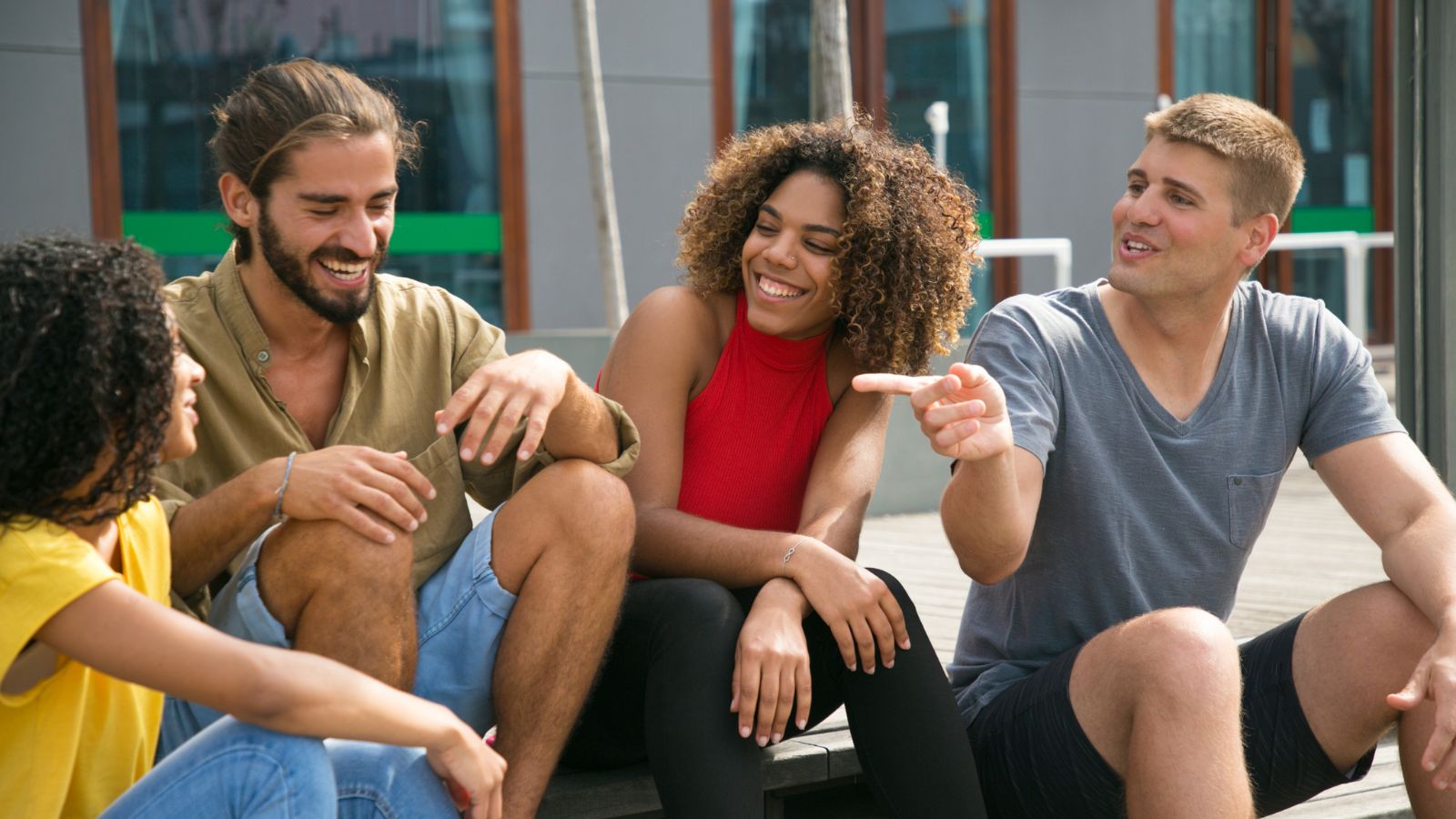
Efforts to make language more inclusive have led to the policing of everyday speech. Terms that were once considered harmless are now scrutinised, and slips of the tongue can result in public shaming. This hyper-awareness can make casual conversations feel like a minefield, where the fear of saying the wrong thing stifles open dialogue.
Inclusive Menus in Cafes and Restaurants

Some eateries have started to offer menus that avoid gendered terms, replacing ‘waiter’ and ‘waitress’ with ‘server’ or using ‘partner’ instead of ‘boyfriend’ or ‘girlfriend.’ While these changes aim to be inclusive, they can sometimes come off as overly pedantic and leave patrons feeling more confused than accommodated.
Censoring Children’s Books

Rewriting or censoring children’s books to remove potentially offensive content has become a growing trend. While protecting young minds from harmful stereotypes is important, critics argue that over-sanitising can rob children of valuable learning experiences and historical context.
Unisex Toilets Controversy
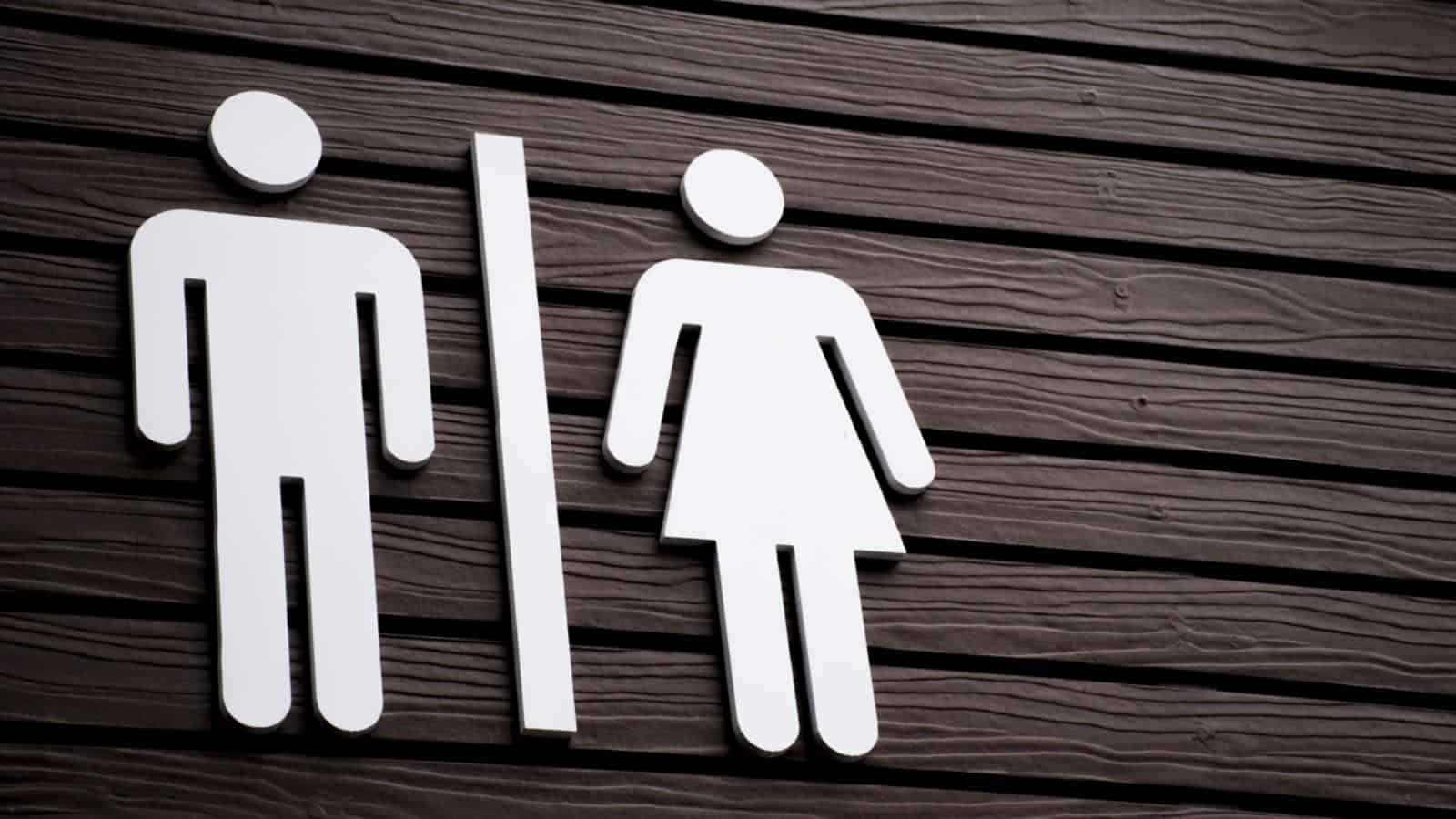
The move towards unisex toilets aims to be inclusive of all gender identities. However, the implementation has sometimes been met with resistance. Concerns about privacy and safety have arisen, with many feeling that unisex toilets can cause more problems than they solve, especially in environments like schools and public spaces.
Cancel Culture’s Overreach

Cancel culture began as a way to hold people accountable for harmful behaviour, but it has often spiralled into a frenzy of online shaming and career-ending consequences for relatively minor infractions. The fear of being ‘cancelled’ can stifle free expression and lead to a culture of silence, where people are afraid to speak their minds or make mistakes.
Criticism of Traditional Celebrations
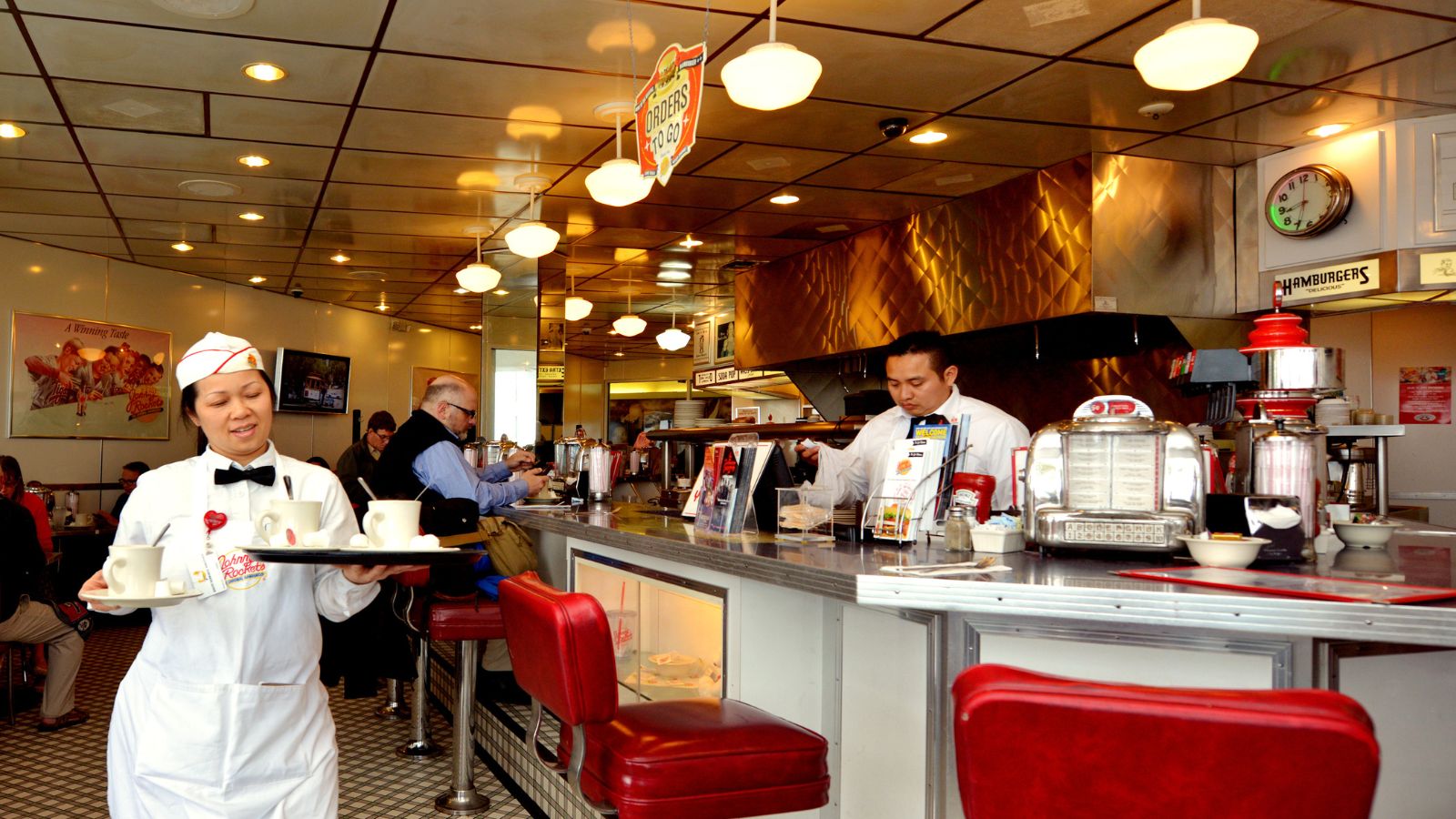
Traditional celebrations like Christmas or Thanksgiving in the U.S. have come under scrutiny for their historical connotations and lack of inclusivity. It’s important to recognise the diverse ways people celebrate, but the push to downplay or completely change these holidays can feel like an attack on cultural traditions and personal memories for many.
Overregulating Art and Comedy

Art and comedy have always been spaces for pushing boundaries and exploring controversial topics, yet increasing pressure to adhere to woke standards has led to self-censorship among artists and comedians. The fear of offending someone can stifle creativity and dilute the impact of these mediums.
The Debate Over Statues

The removal of statues commemorating historical figures with problematic pasts has been a hot topic. Some see it as a necessary step towards addressing historical injustices, but others view it as an attempt to erase history. The debate highlights the challenge of how to handle the legacies of complex figures without oversimplifying their contributions.
Schools Banning Competitive Sports

Some schools have banned competitive sports to promote inclusivity and prevent feelings of inadequacy, with the intention of creating a more supportive environment. However, this move can deprive students of the benefits of healthy competition, teamwork, and resilience that sports offer.
Redefining Dress Codes

One final way wokeness might’ve gone too far is with efforts to make dress codes more inclusive and less discriminatory, which have led to some interesting changes. For instance, allowing students to wear clothing that expresses their gender identity is a positive step, but completely removing dress codes in the name of inclusivity can lead to confusion and inconsistency.

